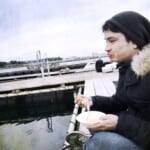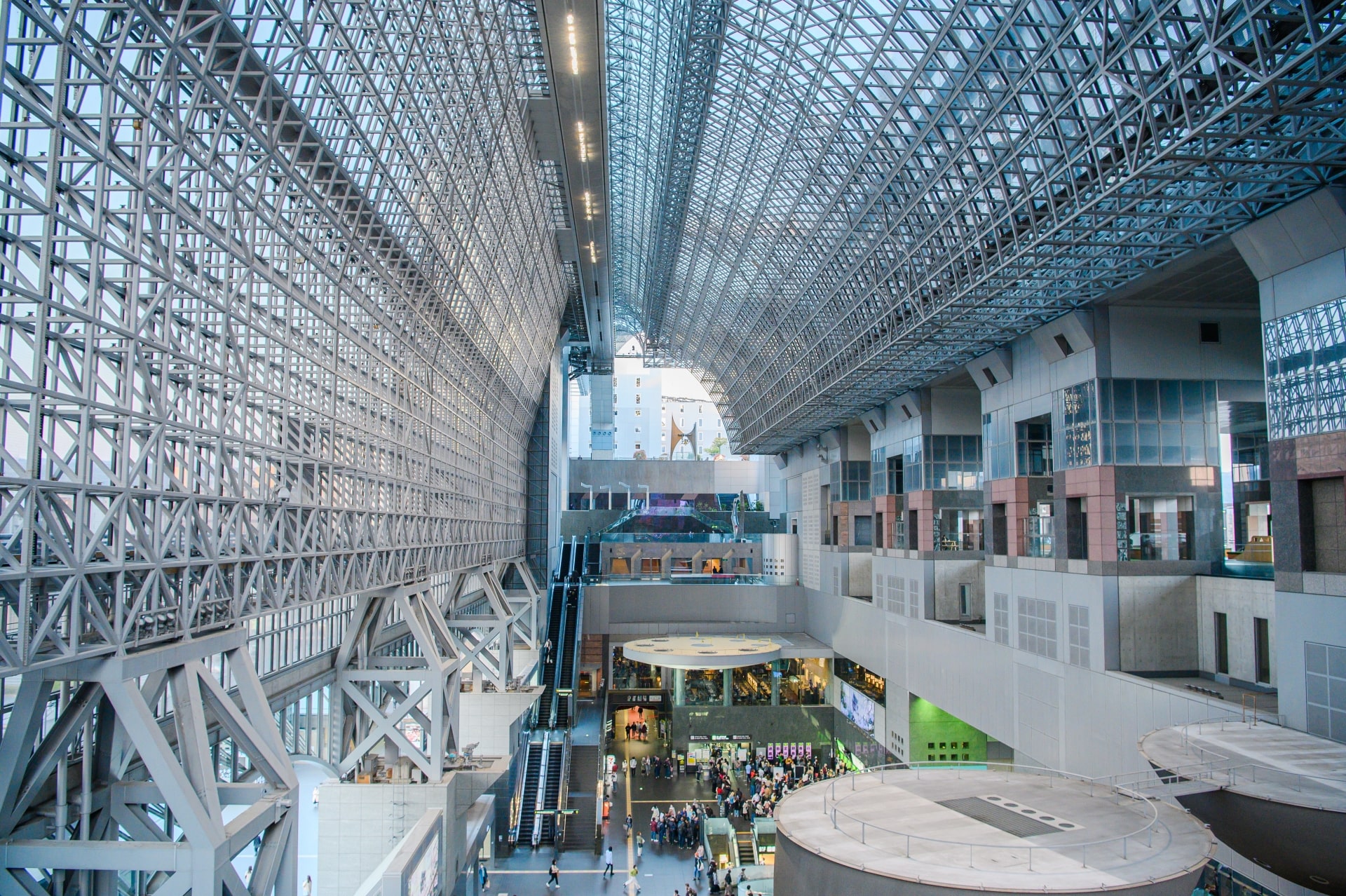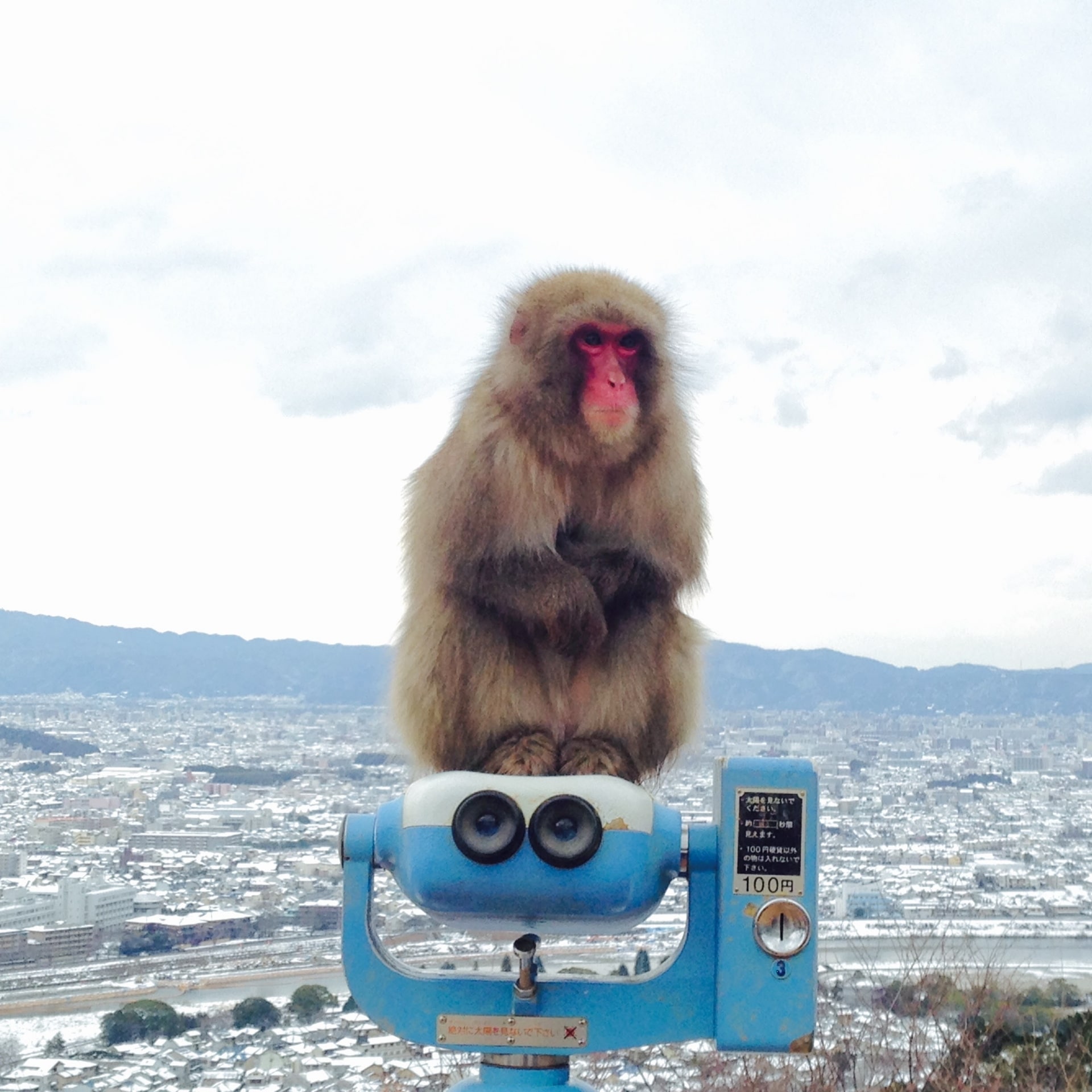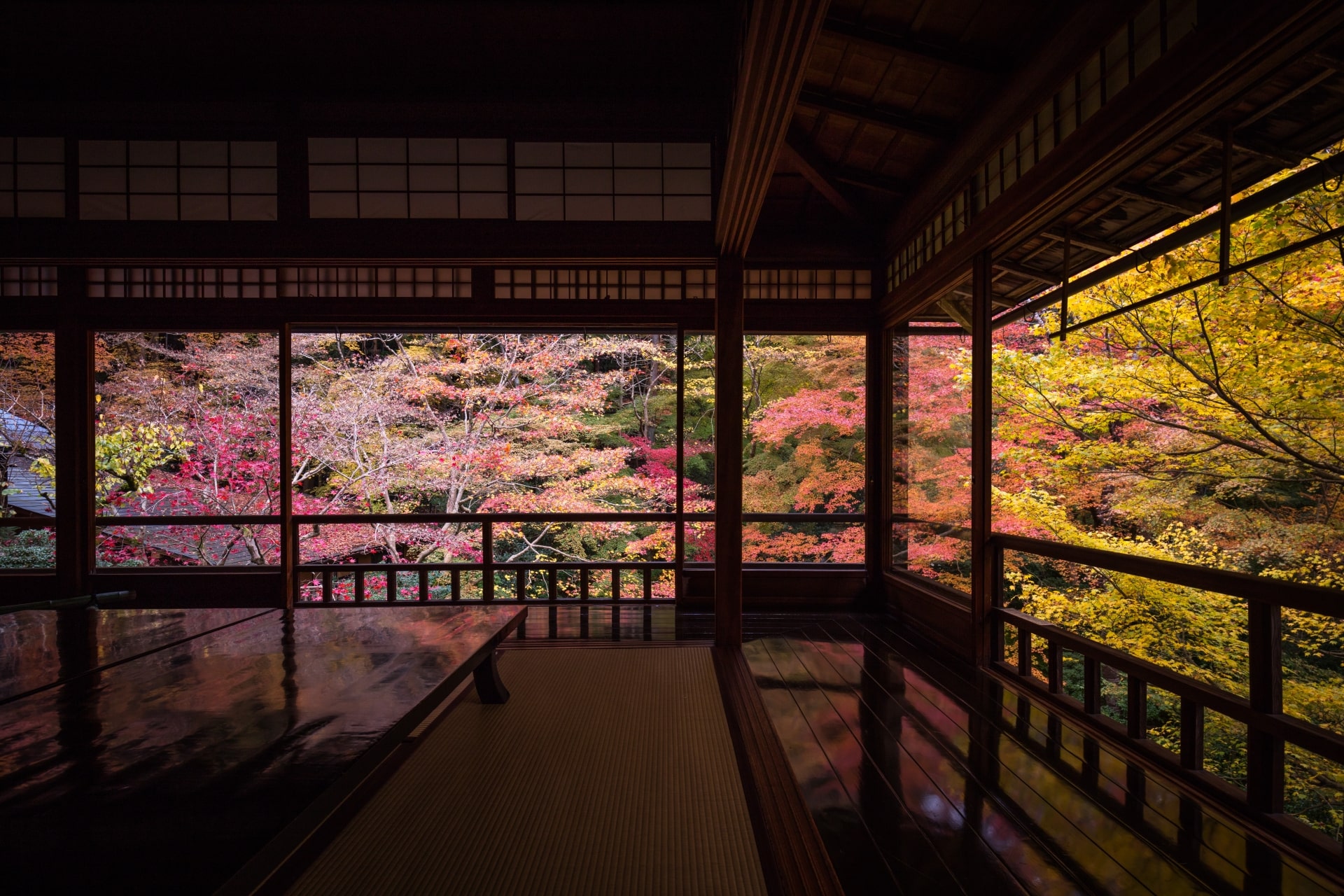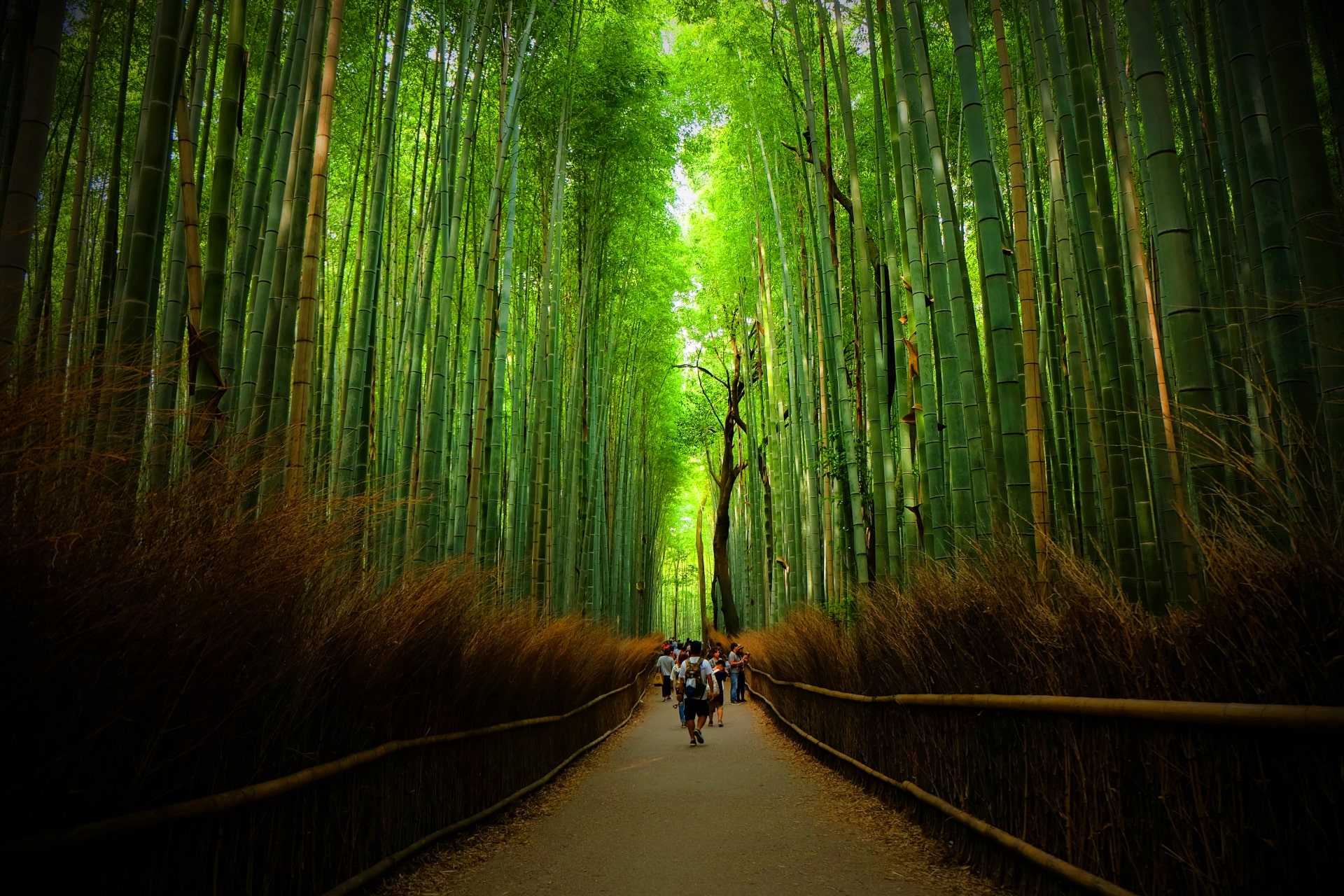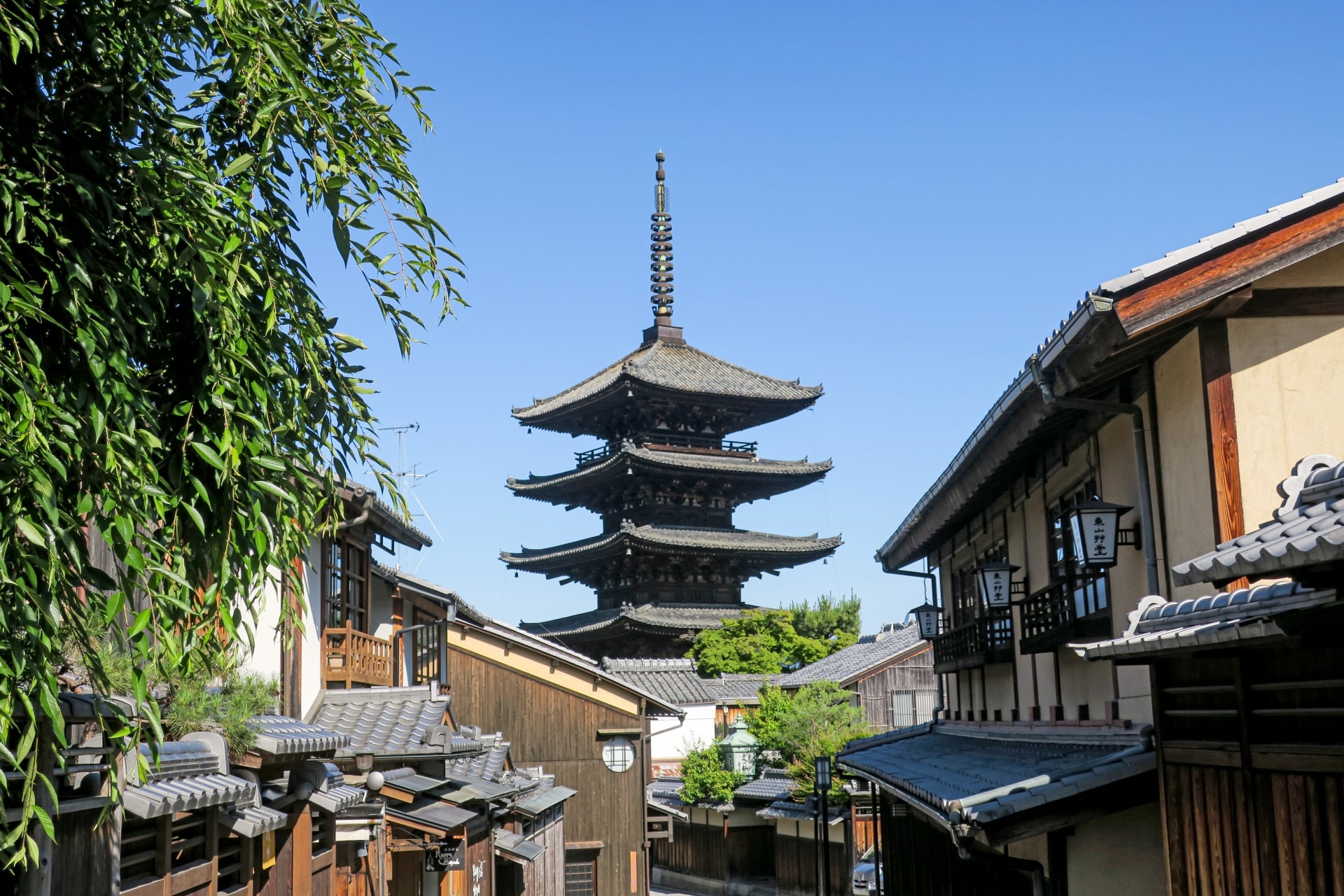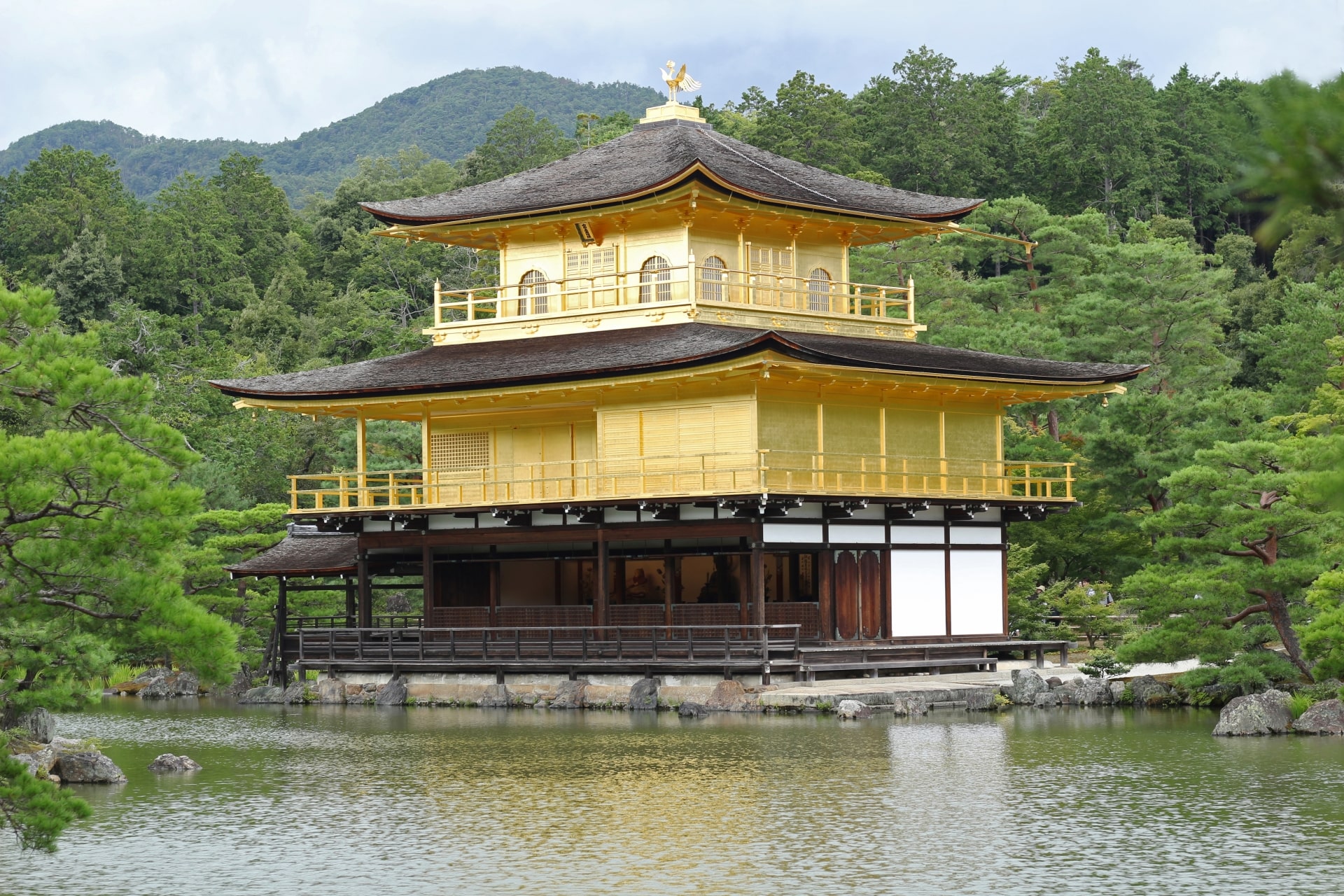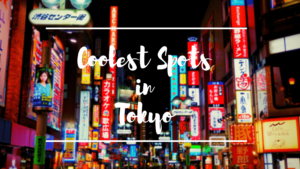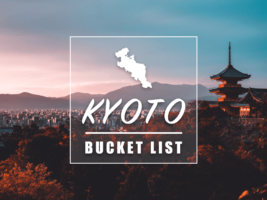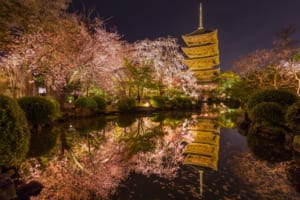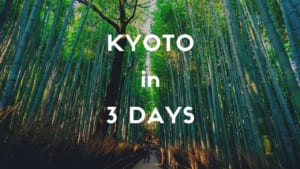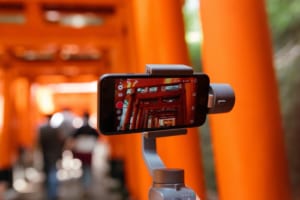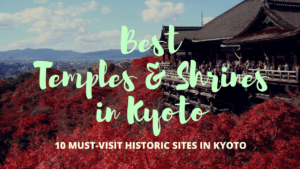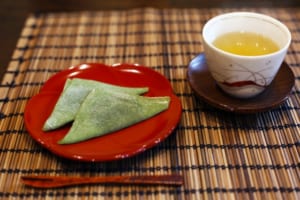17 Best Places to Visit in Kyoto
Best Kyoto Tourist Attractions including New Spots and Classic Locations

When it comes to tourism, Kyoto is always among the most visited cities, not only in Japan but also in the entire world. Historic locations that are beautifully preserved and are photogenic such as the Fushimi Inari Shrine, Kiyomizudera Temple, and Kinkakuji Temple are always among the top spots in “favorite tourist spot” rankings.
Not only historically important locations but there are also many popular cultural and natural spots that are equally popular. This makes Kyoto a unique city where you can experience the many expressions that Japan can offer to foreign visitors. However, having so many fascinating tourist spots can make it difficult for one to decide where to visit.
In this article, I would like to share with you our countdown list of the 17 best places to visit in Kyoto. In this list, I will introduce to you not only popular spots but also some lesser-known (but equally interesting) spots that you should definitely consider when you come to visit Kyoto. I hope this article becomes a good reference for those planning on spending a few days in this culturally and historically rich city.
*Please note that this article contains affiliate links.
Explore Kyoto with a local guide to learn about its rich history and culture, and discover its hidden charms! Magical Trip provides a wide range of small group tours in popular tourist areas in Kyoto such as Gion, Fushimi Inari and Arashiyama. Food, history, cultural experience, etc, find a perfect guided tour depending on your interests and make your travel in Kyoto unforgettable! Click the link below to find available guided tours in Kyoto for your trip.
▶Book your best tours with local guides in Kyoto!
17. Kyoto Station
The first place I’d like to recommend is right there in Kyoto Station (京都駅). Being one of Japan’s largest train stations, Kyoto Station isn’t just a transportation hub; it’s an architectural marvel and a popular destination in itself.
Beyond facilitating travel, it houses a plethora of shops, restaurants, and attractions. The station’s contemporary design contrasts with Kyoto’s historic image, featuring vast glass expanses and a skyway offering panoramic city views. The terraced roof becomes a gathering point for both locals and travelers, especially during evening hours when it’s beautifully illuminated.
Its location, convenience, and vibrant atmosphere make Kyoto Station a favorite hangout spot, providing a mix of modernity amidst the city’s ancient backdrop.
▶ Kyoto Station official website: https://www.kyoto-station-building.co.jp/lp/english/
16. Ine no Funaya
Next on our list is a small town located about 130 km away from Kyoto city. Ine no Funaya (伊根の舟屋) is a small village located in Ine town in the northmost part of Kyoto prefecture. The village stretches approximately 5 km along Ine Bay facing the sea of Japan and you can see a unique scenery with over 200 rustic boathouses floating on the bay.
Visitors can stay overnight at the village since some of these boathouses serve as guest houses. Some of these boathouses even organize boat tours around the village so that you can have a taste of what it is like to live in this fascinating and unique village.
Check out more about Ine no Funaya in the following article!
▶Ine no Funaya: Kyoto’s Hidden “The Venice of Japan”
15. Arashiyama Monkey Park Iwatayama
This next place is for those who love animals. Arashiyama Monkey Park Iwatayama (嵐山モンキーパーク) is a place located in Arashiyama mountain, north-west of central Kyoto.
This mountain itself is a popular hiking mountain, and the monkey park is located mid-mountain after hiking uphill for about ten minutes. Not only will over 100 monkeys welcome your visit, but you will also have access to a nice view of the city.
Check out more about Arashiyama Monkey Park Iwatayama from the following article!
▶Arashiyama Monkey Park Iwatayama, Kyoto
14. Kamogawa River
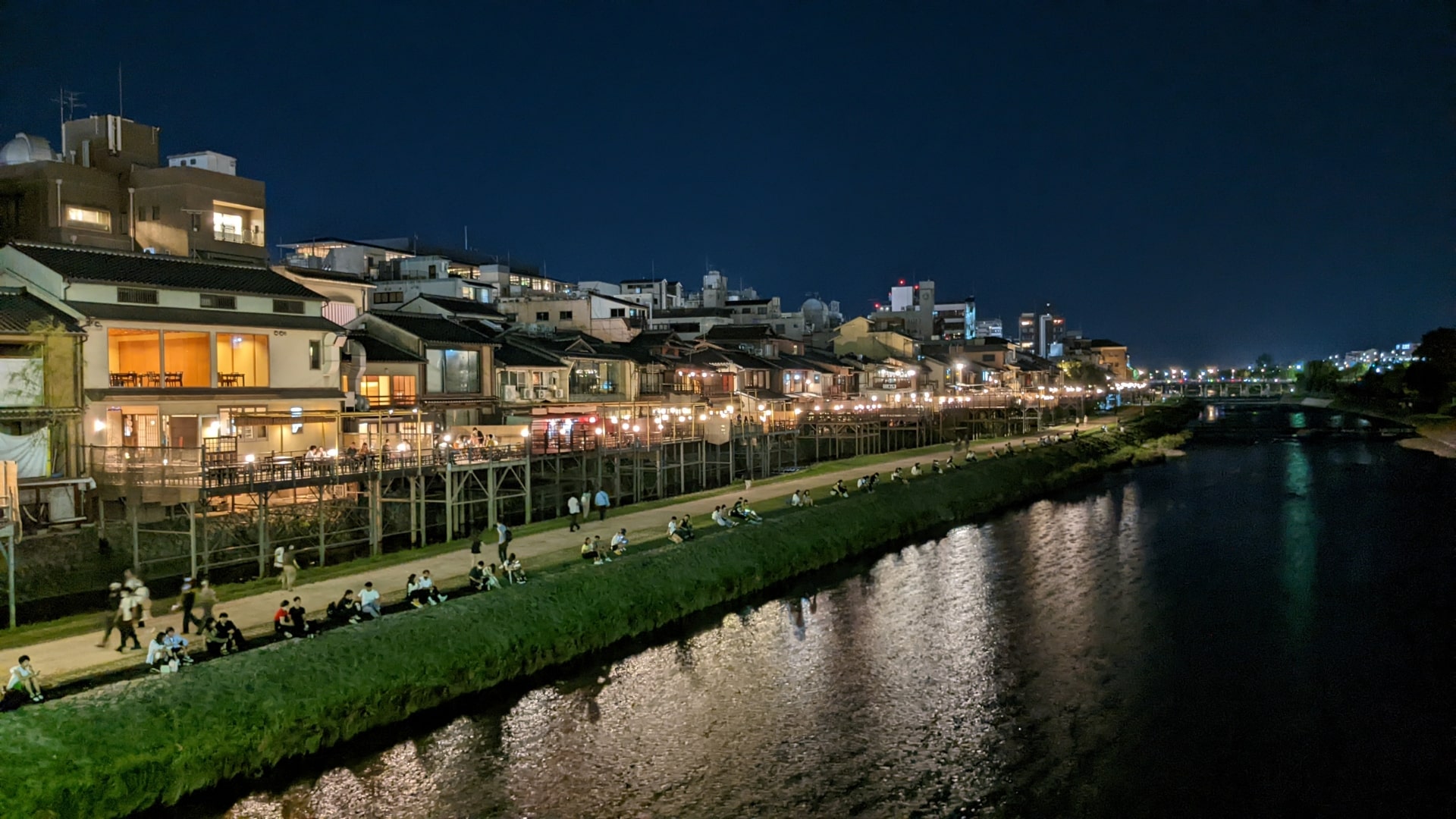
During spring, there are parts of the Kamogawa river that will display incredibly beautiful cherry blossoms. And during summer, many restaurants that face the river will open and enlarge the terrace areas where you can dine and drink while enjoying the river views.
Check out more about Kamogawa River from the following article!
▶Kamogawa River: 5 Nice Viewing Restaurants and Cafes on Kamogawa River
13. Rurikoin Temple
Now that you know where to visit during spring and summer, the next place on this list is best visited during autumn. Rurikoin Temple (瑠璃光院) is a beautiful and peaceful temple located in northern Kyoto near Mt Hiei.
The large temple complex is surrounded by beautiful nature and it is open to the public only twice a year; in spring and autumn. The expression that nature shows in this place change dramatically depending on which season you visit, making it a “must-visit” location in Kyoto. You’ll want to visit this place multiple times after your first visit.
Check out more about Rurikoin Temple in the following article!
▶Rurikoin Temple Kyoto: Picturesque Temple with Maple Leaves
12. Kyoto Imperial Palace

Nowadays you can visit this place free of charge, almost any time of the year. You can see for yourself where the Japanese emperor used to live and held official ceremonies. Many of the buildings here are valuable not only because of their historic value but also because of the unique architectural techniques used to build them.
▶ Kyoto Imperial Palace official website: https://sankan.kunaicho.go.jp/english/index.html
11. Ninenzaka and Sannenzaka
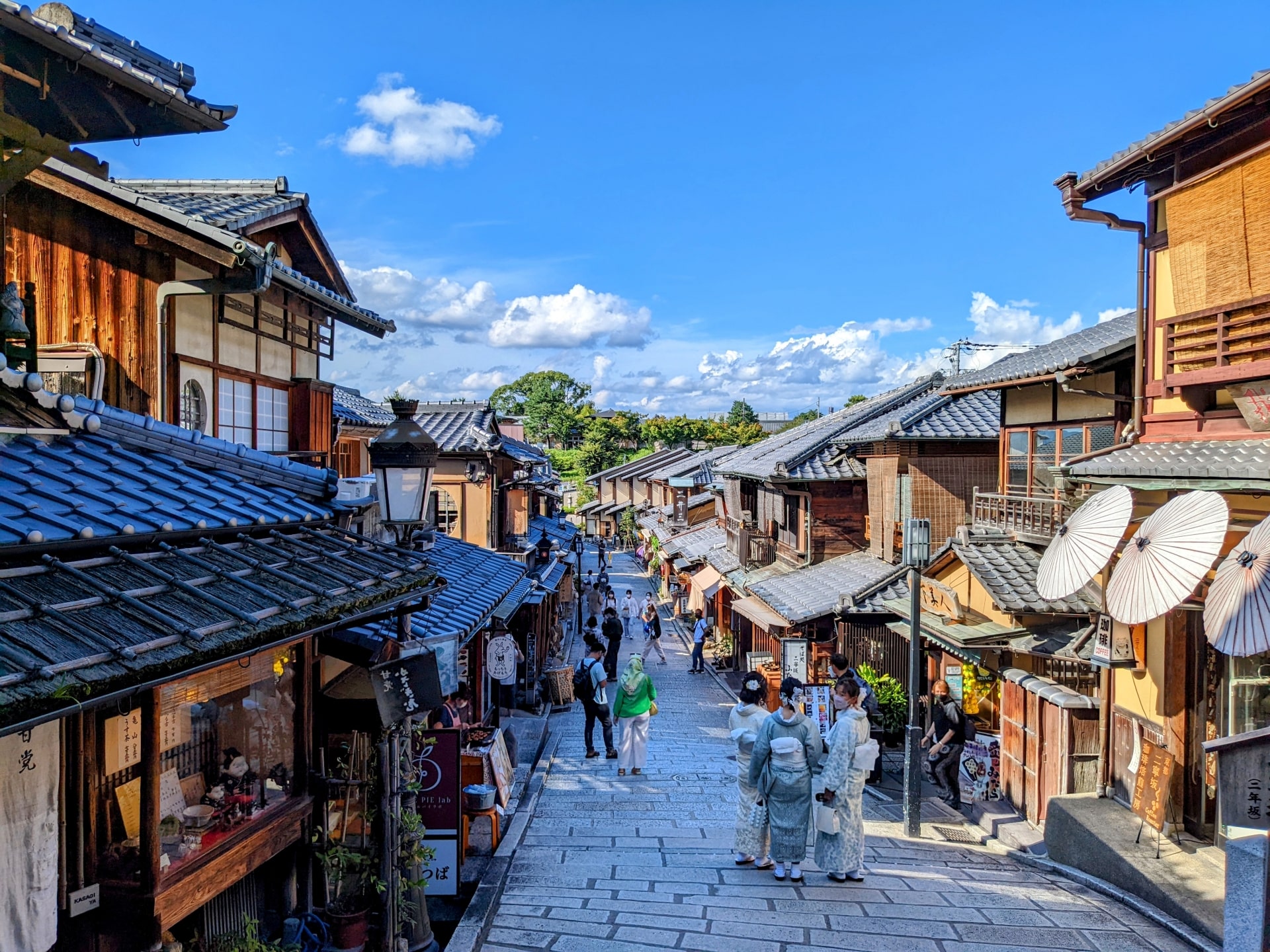
Both these slopes were created at the beginning of the 9th century and their scenery has been beautifully preserved. You can find many shops, restaurants, and cafes on your way heading to Kiyomizudera Temple. It is definitely one of the most photogenic streets in the country.
Check out more about Ninenzaka and Sannenzaka in the following article!
▶Ninenzaka and Sannenzaka: Unspoiled Historical Alleys in Kyoto
10. Kyoto Tower
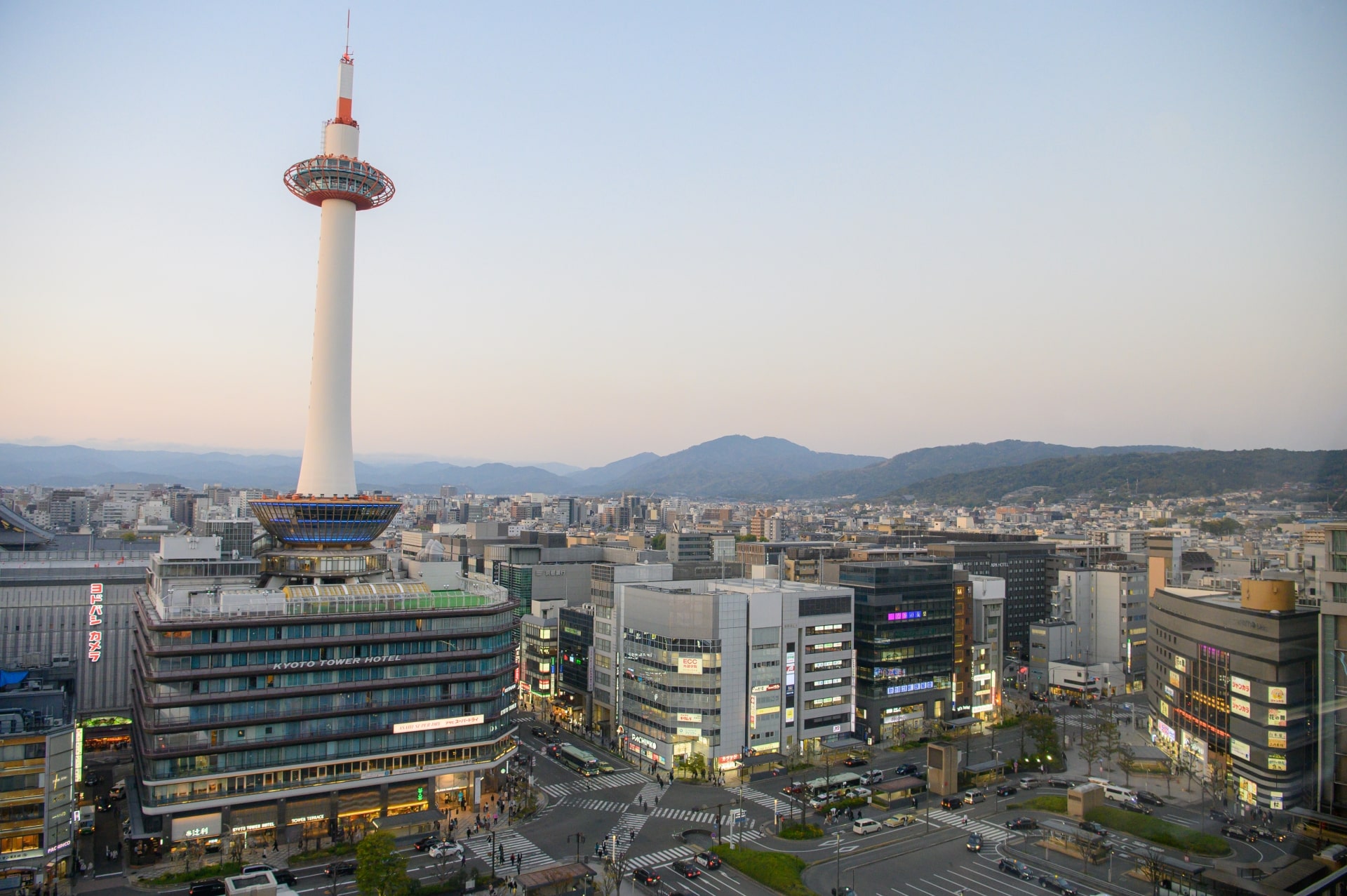
Contrasting the traditional temples and shrines, this modern beacon is a symbol of Kyoto’s blend of the old with the new. Located just opposite Kyoto Station, it’s a popular spot for travelers to get their bearings with its observation deck.
Beneath the tower is Kyoto Tower Sando, a vibrant commercial facility boasting an array of shops, restaurants, and cultural experiences. Its central location and the blend of shopping, dining, and breathtaking views make Kyoto Tower a favored hangout for both locals and visitors.
▶ Kyoto Tower official website: https://www.kyoto-tower.jp/en/
▶ Kyoto Tower Sando official website: https://www.kyoto-tower-sando.jp/
9. Nijo Castle
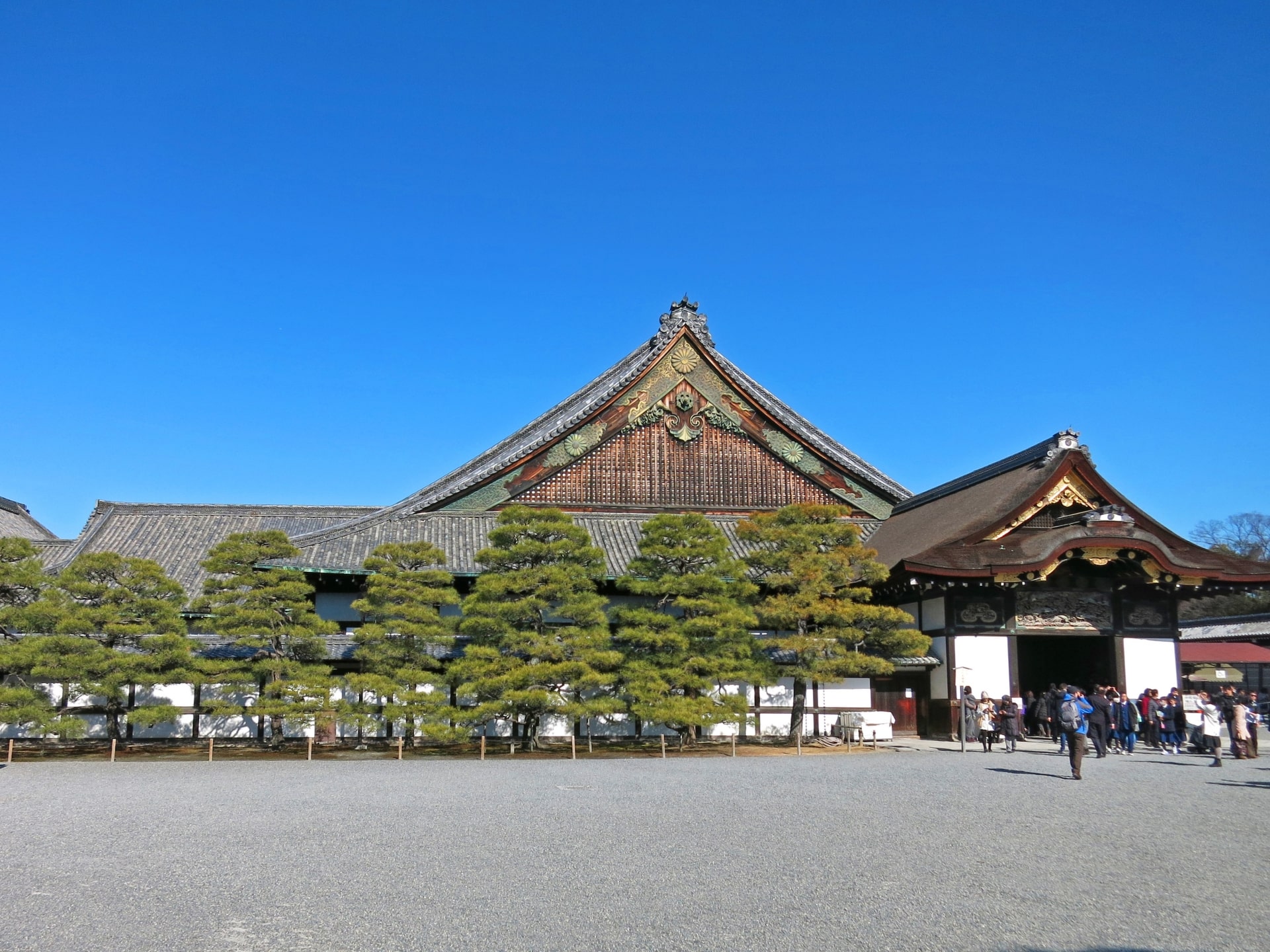
This is a place where several historically important things happened such as the Taiseihoukan (Restoration of Imperial Rule). Even if you’re not a history enthusiast, you can also enjoy the beautiful Japanese garden as well as the unique architectural structures within the vicinity.
▶ Nijo Castle official website: https://nijo-jocastle.city.kyoto.lg.jp/?lang=en
8. Arashiyama Bamboo Grove
Next on this list is one of the most recognizable spots in all Kyoto. Arashiyama Bamboo Grove (嵐山竹林) is a path located in the Arashiyama-Sagano area, the beautiful outskirt of Kyoto city. It is right between Tenryuji Temple and Okouchi Sanso Garden, both of which are also popular tourist attractions.
The bamboo in this forest is somewhere between 5 to 10 m high, though some of them can reach up to 20 m in height. The grove has approx 200 m long walking paths cutting through the refreshing forest where visitors can enjoy a pleasant walk while listening to the sound of the wing running through the bamboo leaves.
Check out more about Arashiyama Bamboo Grove from the following article!
▶Kyoto Arashiyama Bamboo Grove
Join the “Kyoto Arashiyama Bamboo forest & Garden Half-Day Walking Tour” and experience the Arashiyama area in depth with a local English-speaking guide! See the best of Arashiyama, including UNESCO World Heritage temples, famous bamboo forests, traditional villas, and picturesque Zen gardens, through hidden routes often overlooked by tourists. The tour also includes an authentic Shojin cuisine lunch served at a restaurant located within the temple grounds. Check the following link for more information about the tour!
7. Kyoto Gion
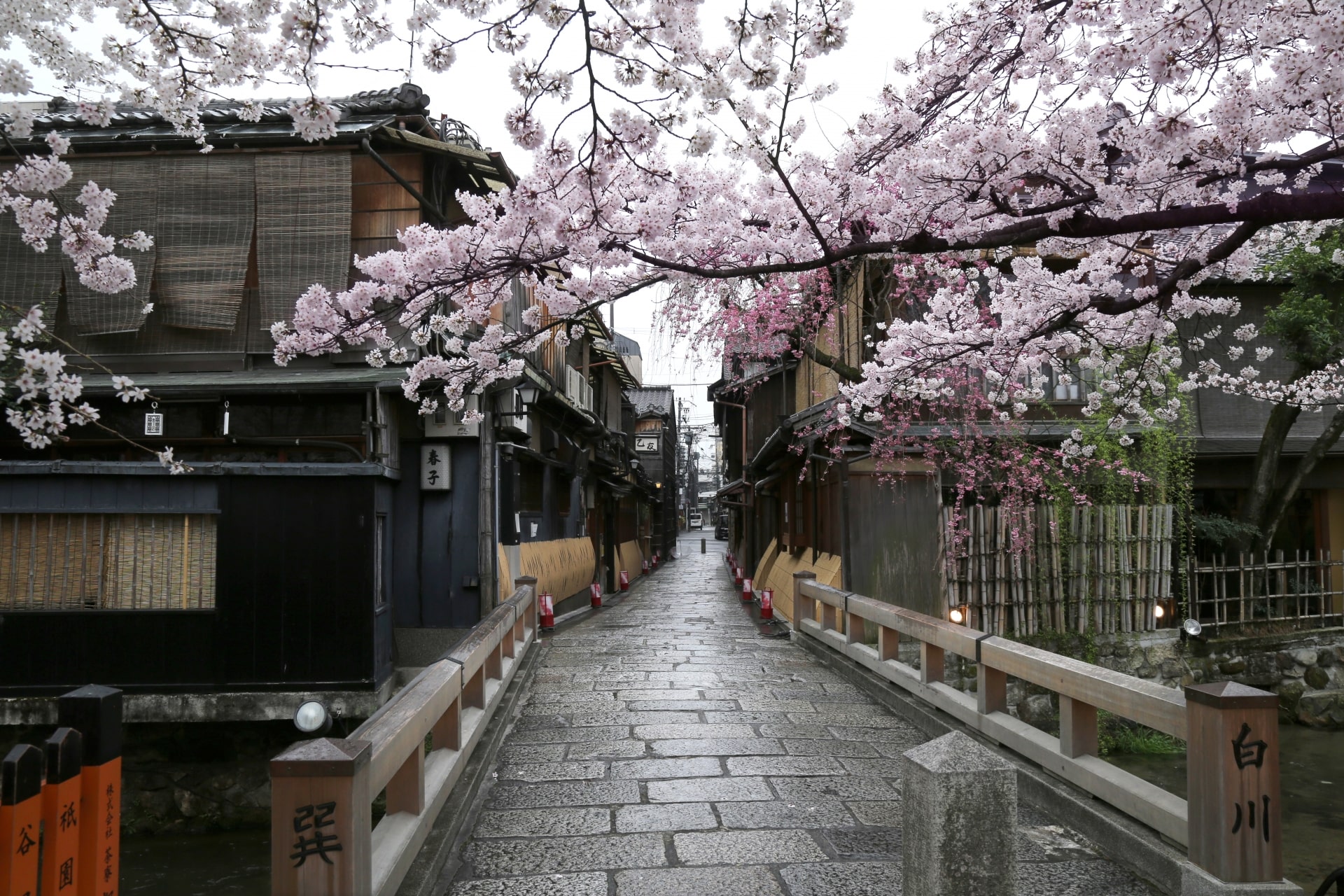
It is a very popular area for tourists, mostly because here, you can experience pretty much everything that a tourist expects when coming to Kyoto. There’s the Shinto Shrine, the Kamogawa river with the sakura trees, the old Japanese street atmosphere, and most of all, being able to see a real-life Geisha.
Check out more about Gion in the following article!
▶Gion: Traditional Geisha District in Kyoto
Join a “Dinner with Maiko in a Traditional Kyoto Style Restaurant Tour” and embark on a journey into the world of Geisha/Maiko in Gion area with a local English-speaking guide! Make your visit to Kyoto unforgettable with an exclusive full course dinner with a company of Maiko in a restaurant in a century-old Machiya building. The tour offers a wonderful opportunity to watch Maiko’s dance performance, play games and take photos with her. For more information about the tour, please check the following link!
6. Sanjusangendo Temple
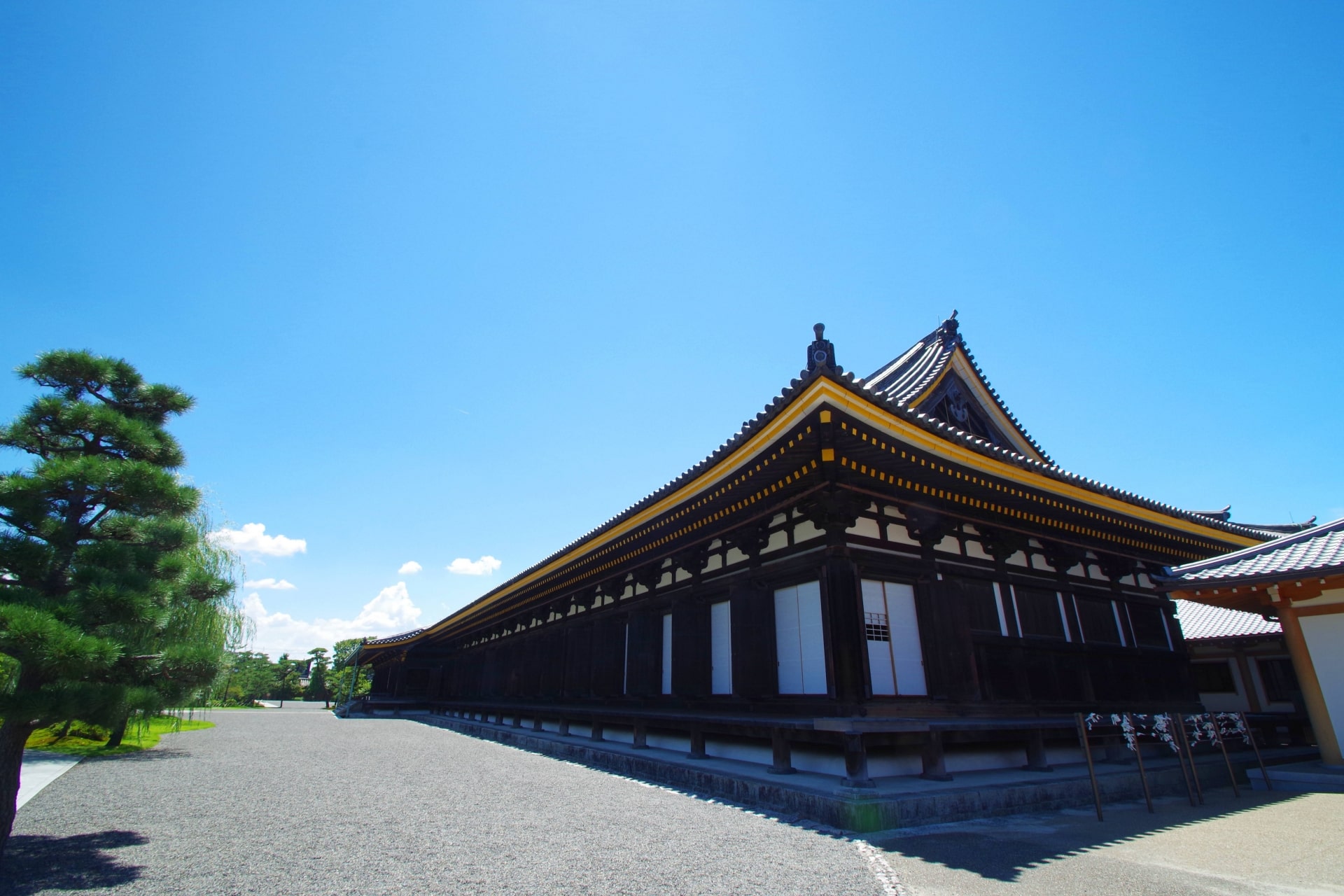
Access is really convenient since it is located just 10 minutes by bus from Kyoto station, or 15 minutes by foot.
Check out more about Sanjusangendo Temple in the following article!
▶Sanjusangendo: Kyoto’s Buddhist Temple with 1,001 Golden Statues
5. Nintendo KYOTO
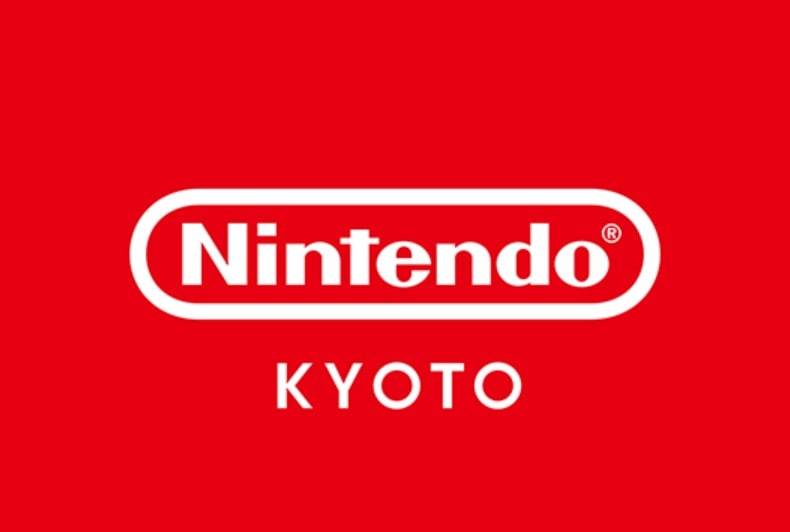
Nintendo is set to launch Nintendo KYOTO on October 17, 2023, marking its third official store in Japan after Nintendo TOKYO and Nintendo OSAKA.
Located in the new “T8” specialty zone of Kyoto Takashimaya S.C., this store reinforces Nintendo’s presence in major Japanese cities. These outlets are more than just retail spaces; they’re experiential hubs where visitors can buy gaming products and partake in events, offering a comprehensive Nintendo experience.
In essence, Nintendo KYOTO exemplifies the brand’s commitment to blending commerce with immersive gaming encounters.
4. Kiyomizudera Temple
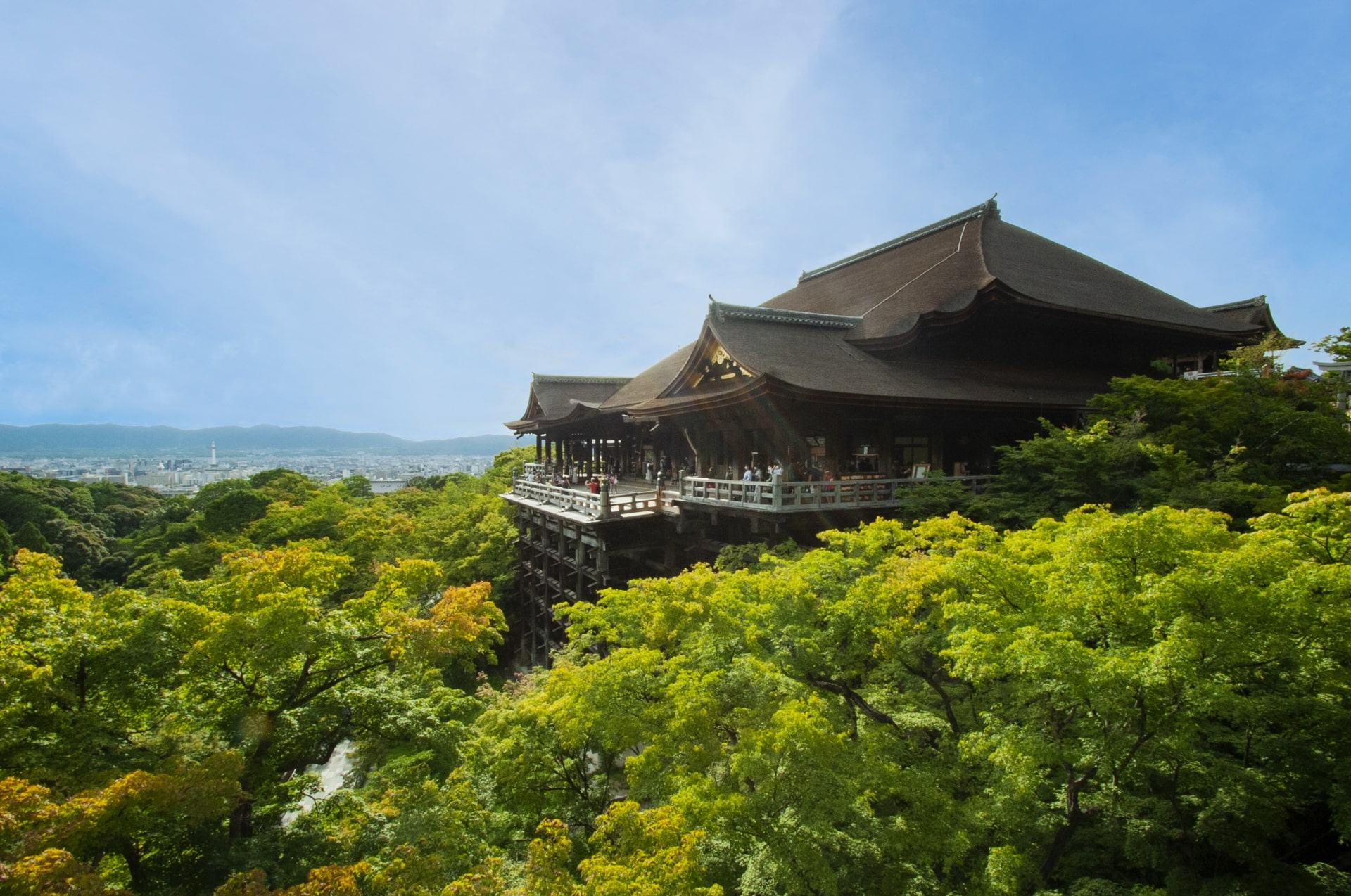
One of the attractive points about this temple is the surrounding trees that change expression depending on the season go choose to visit. Not only will you see a difference between seasons, but also, you can visit here during the nighttime when the temple is illuminated.
Check out more about Kiyomizudera Temple in the following article!
▶Kyoto Kiyomizudera Temple: When is the Best Time to Visit?
3. Yasaka Pagoda
Located in the vicinity of the previously mentioned Kiyomizudera Temple, is the Yasaka Pagoda (八坂の塔). This pagoda is so famous, that many people actually relate it to the image of Kyoto’s scenery.
This pagoda is part of Hokanji Temple (法観寺) and was built in the late 6th century. Visitors can enter the pagoda up to the 2nd floor. Similarly to Kiyomizudera Temple, this is another place you’ll want to visit twice (once during the daytime and once again during the nighttime). The illuminated tower at night along with the traditional Japanese scenery of the streets make the perfect photo spot.
Check out more about Yasaka Pagoda from the following article!
▶Yasaka Pagoda: the Best Photo Spot in Higashiyama
2. Fushimi Inari Shrine
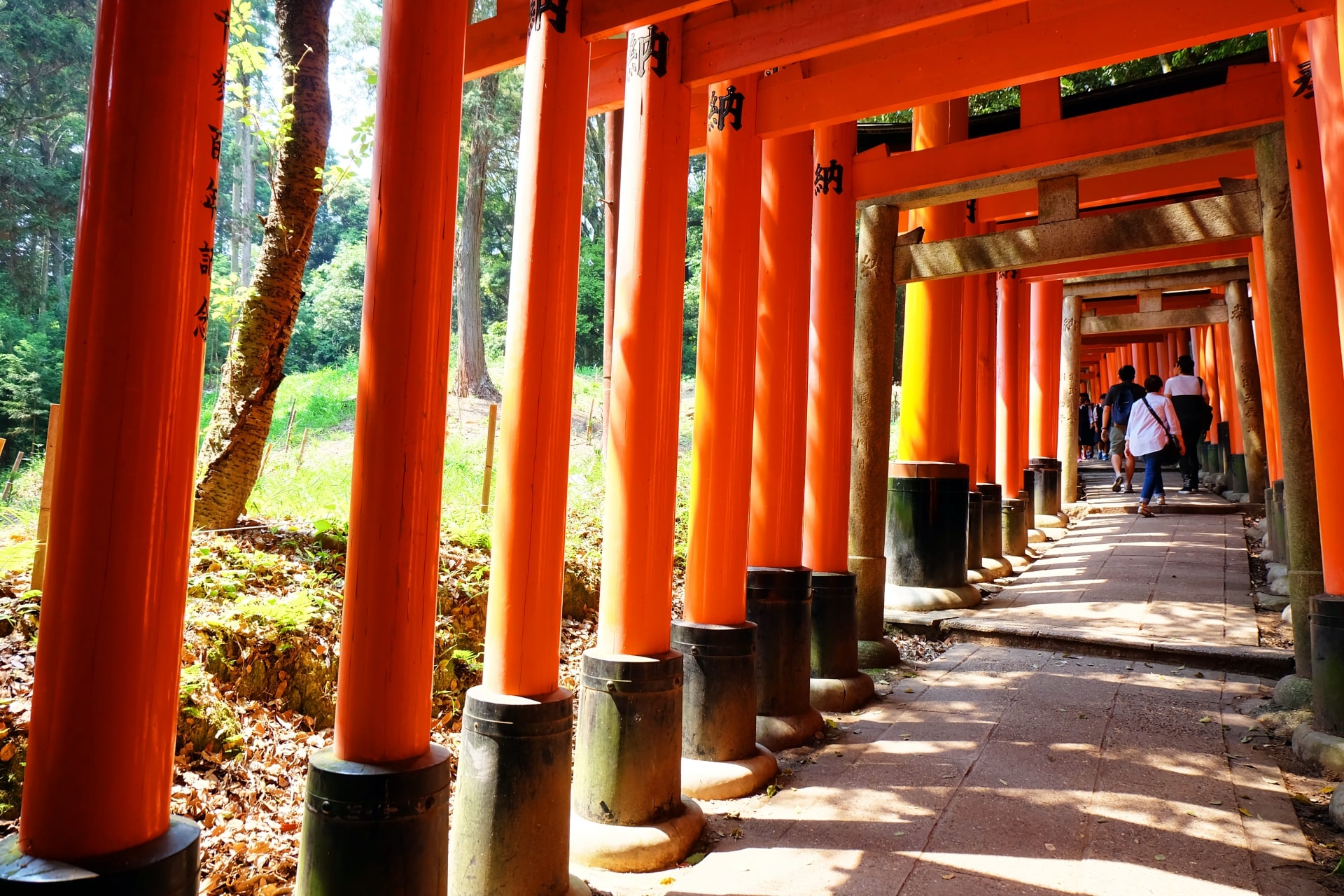
The shrine is famous for the Senbon Torii which is formed with over 5,000 red torii gates, creating a tunnel of Torii gates. It became popular due to the appearance of this place in movies and TV.
Check out more about Fushimi Inari Shrine from the following article!
▶Fushimi Inari Taisha: Kyoto’s Most Visited Shrine
Most tourists come to see the tunnel of red torii gates, but what many don’t know is that there is a hidden hiking trail that will take you away from the crowds and into a quiet and peaceful walk amidst the trees and bamboo forest. The “Fushimi Inari Hidden Hiking Tour” is perfect for those who enjoy discovering hidden sites and appreciate tranquility. On this small group tour, you can enjoy hiking on a secret path to the shrine and immerse into the serene nature with a local guide. Check the following link for more information about the tour!
1. Kinkakuji Temple
And lastly, on our countdown list of the best places to visit in Kyoto is Kinkakuji Temple (金閣寺). Along with the previously mentioned Fushimi Inari Shrine, this Buddhist Temple is another highly popular tourist spot for foreign visitors. It is located north-west of central Kyoto and it is one of 17 locations of the Historic Monuments of Ancient Kyoto which are designated as World Heritage Sites.
The completely golden exterior is so impressive and you can enjoy the contrast with the surrounding nature that changes colors depending on the season you come to visit.
Check out more about Kinkakuji Temple from the following article!
▶Kinkakuji Temple: Kyoto’s Golden Pavilion
▽Check out the best places to visit in other popular areas in Japan!▽
▽Subscribe to our free news magazine!▽
So, what did you think about this article? I hope it helped give you some new ideas for places to visit when you go to Kyoto. If you enjoyed this article and want to read more about Kyoto, check out our other pieces from the links below.
▽Related Articles ▽
▼Editors’ Picks▼
Written by
Born and raised in Costa Rica, I started living in Tokyo from college. I love traveling within Japan & around the world. Since I wasn’t born in Japan, I know the cultural impact that you can get when visiting Japan for the first time and what you might be worried about before your trip. And I’ve lived long enough to somewhat understand the nuances of the Japanese culture that make this country such an attractive place to visit. Hopefully I can provide to you both the information you’re looking for and the information you didn’t know you needed to know.
